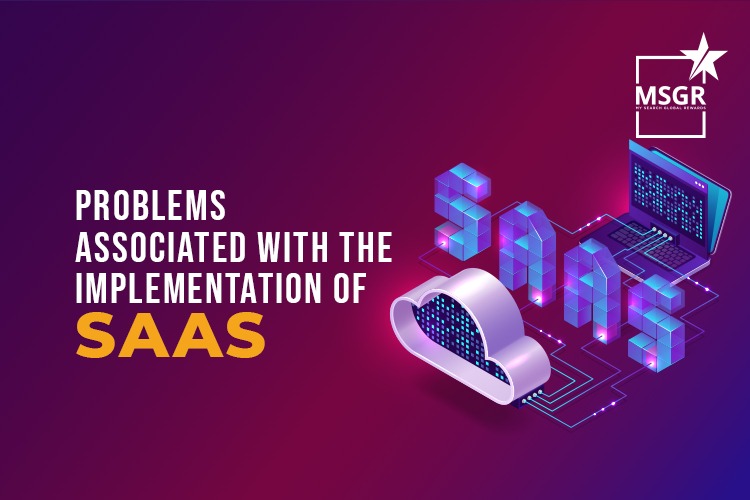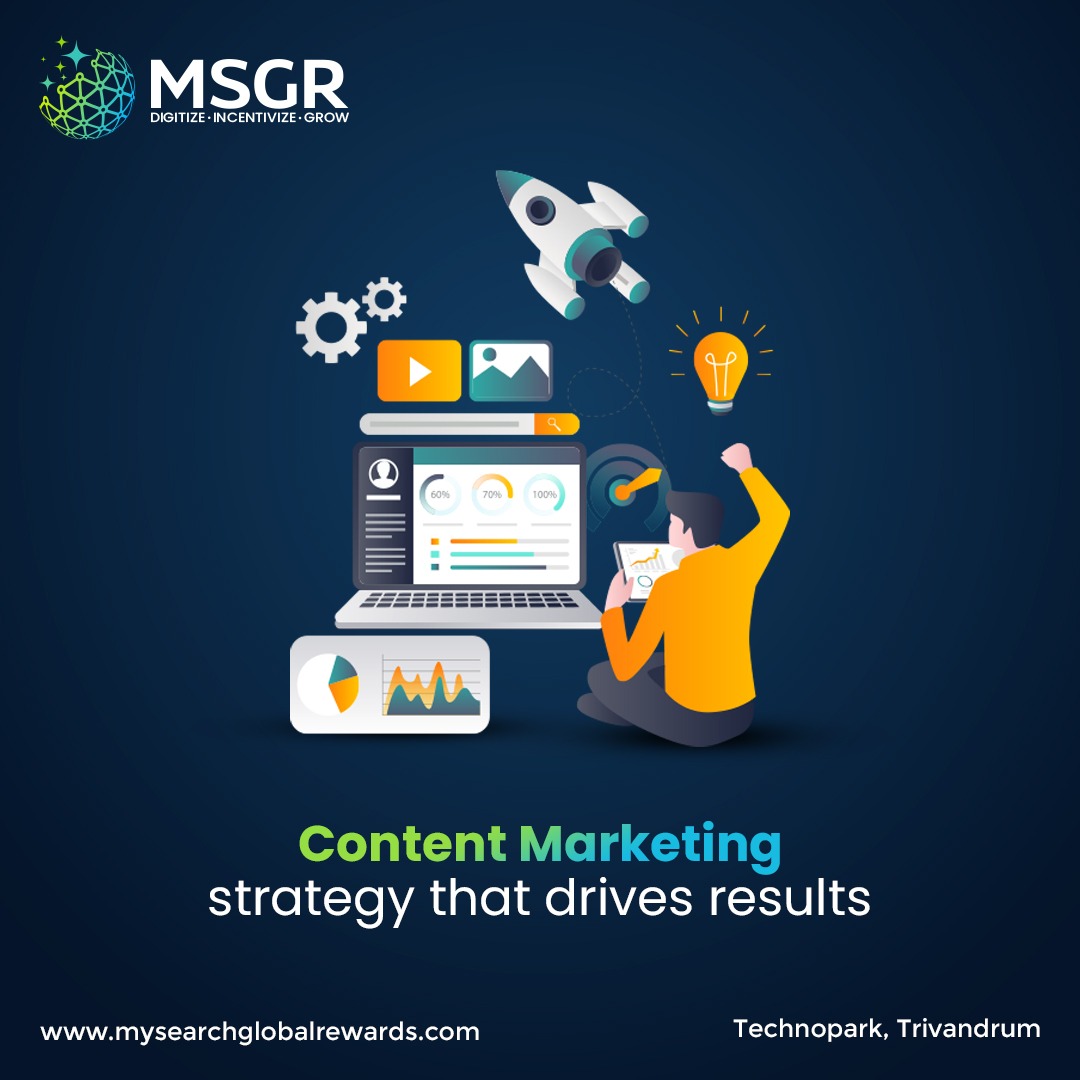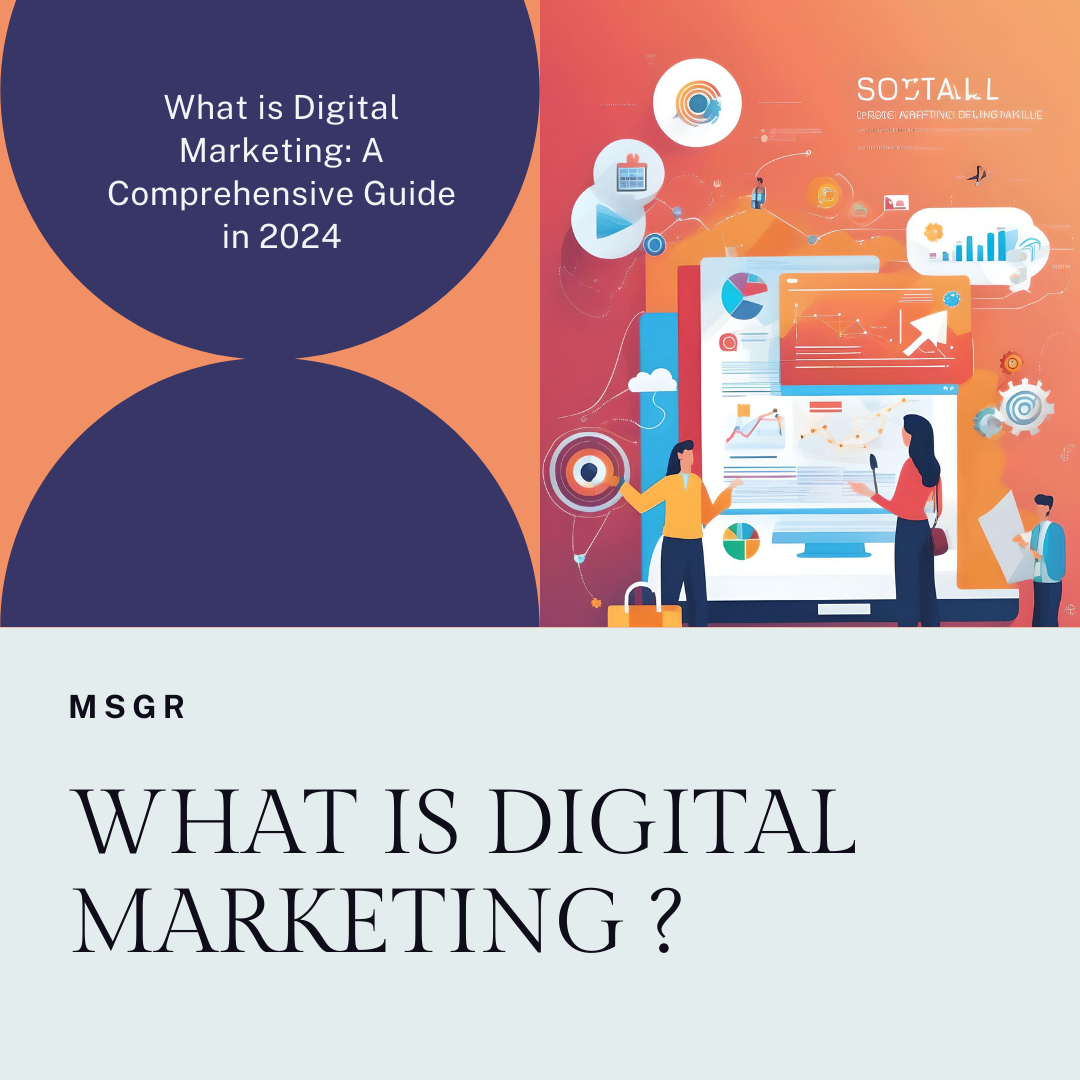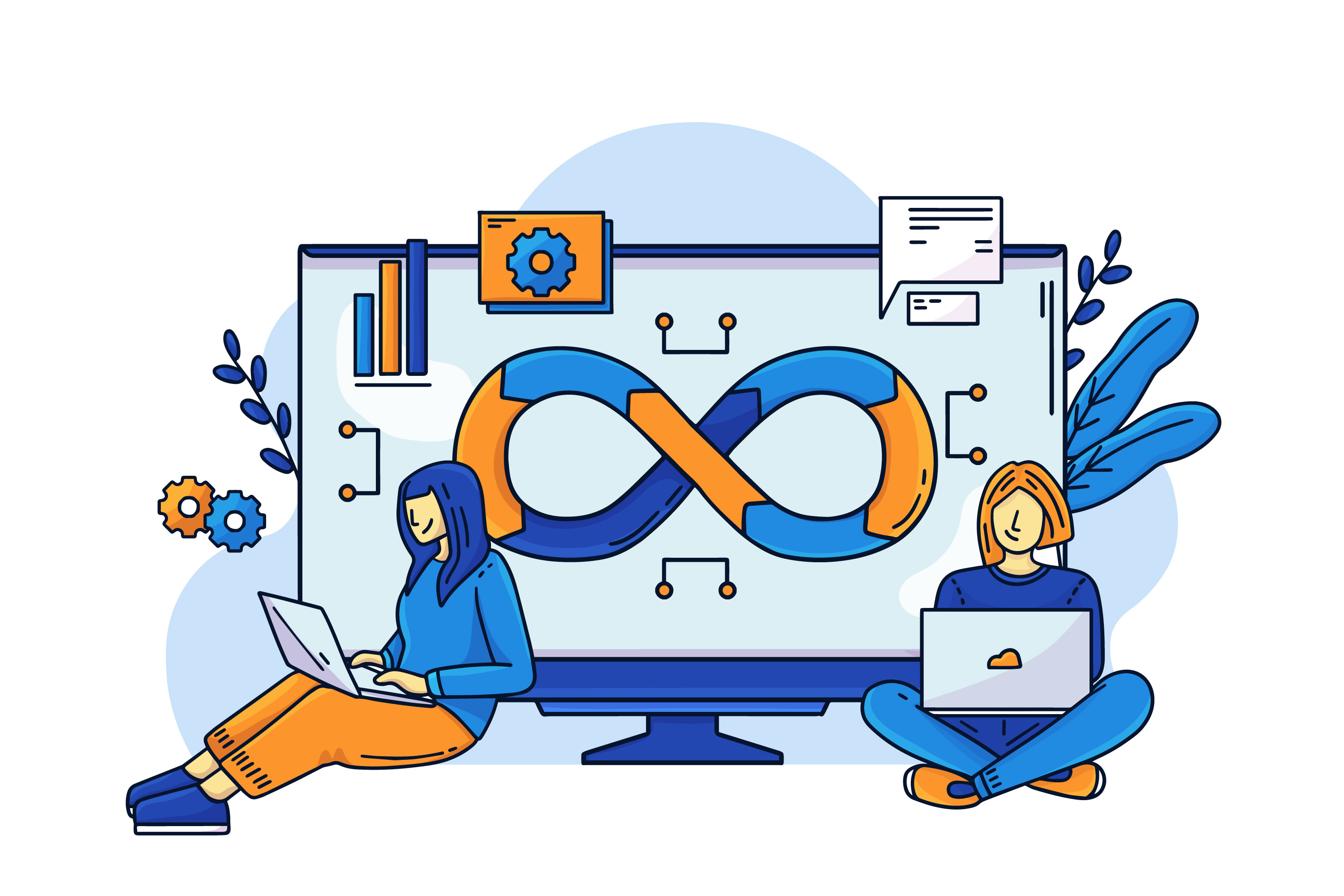Problems associated with the Implementation of SaaS
SaaS Origin
Gone are the days when consumers had to buy CDs/DVDs or download large installation programmes to install software on their PCs (almost). Thanks to high-speed internet, we can now transport massive volumes of data between local PCs and external servers fast. Cloud computing, a computer environment in which you are not restricted by a local system or programme, has been rapidly gaining traction in the tech industry. SaaS apps are software programmes that are supplied over the internet and maybe accessed from nearly any device. The service provider hosts the organization's apps and distributes them via the internet to end-users.
SaaS (Software as a Service) is a fresh and modern means of acquiring information as compared to previous methods of obtaining software such as purchasing and loading it onto a computer. It lets clients access software (apps) via the internet via third-party service providers. SaaS (Software as a Service), IaaS (Infrastructure as a Service), and PaaS (Platform as a Service) are the three primary types of cloud computing (Platform as a Service).
Major SaaS Providers :
Microsoft
Salesforce
Adobe (Creative Cloud)
Box
Amazon Web Services
Oracle.
Popular SaaS Solutions :
Microsoft Office 365
Google G Suite
Slack
Dropbox
Adobe Creative Cloud.
SaaS (Software as a Service) has drastically altered the scene for both end-users and sellers, thus leveling the playing field. However, adopting SaaS as a delivery channel for apps and other services comes with its own set of obstacles and hazards, just like any other technology. While SaaS offers organisations of all sizes a cost-effective option to purchasing and maintaining their own infrastructure, the risks and obstacles connected with SaaS must be considered before making the ultimate switch.
Traditional Software vs. Software as a Service
Traditional Software
Purchased as a license
Paying a one-time fee for the entire product
Pay a high fee once and then install the software on a computer to continue using it.
Software licenses are limited to one person or device
SaaS( Software as a Service)
Businesses and users can subscribe to SaaS software on a monthly/annual/other basis without having to pay a big upfront cost (also known as a license fee).
When a user no longer needs the services, they can cancel their subscription. This protects them from having to deal with a plethora of contracts and license jargon.
Apps are updated in the cloud since everything is cloud-based, saving organisations important resources that would otherwise be spent on updating individual PCs.
Who uses SaaS?
HRM
CRM
Sales
Procurement
Collaboration
Communication.
Small and medium business
Delivery of Software-as-a-Service
The majority of SaaS applications are provided via a web browser or a thin client terminal. Subscribers pay for SaaS services (usually monthly or annually), which are charged based on various use metrics such as the amount of transactions or people accessing the app. Users can customise the app's setup settings and adapt it to meet their specific needs. However, most service providers don't enable you customise the app code or fundamental functionality, so locally installed software is a preferable alternative for businesses who want complete control over their data and software.
Microsoft Office 365 and Google Software are two of the most popular SaaS apps, with Oracle, Salesforce, Intuit, SAP, and Microsoft among the leading providers. Accounting and invoicing, sales tracking, performance monitoring, planning, communications, and a variety of other functions are all possible with SaaS.
Why SaaS (Advantages)?
No Hardware and Maintenance
Cross-Platform
Flexible Payments and Scalability
Automatic Updates
White Labeling and Customization
Ability to Switch Between Providers
App Integration
Challenges & Pitfalls in SaaS
The most important risk aspects of SaaS implementation(disadvantages) are :
Integration Issues
Inadequate integration might lead to problems like accounting or sales data not syncing with the CRM. Things can go wrong if data isn't updated effectively across all systems because users continually make changes and upload files in separate systems. For example, billing problems can arise, and the system may begin issuing invoices to the incorrect recipients.
Hybrid Infrastructure
On-premises software and SaaS solutions don't always get along. Businesses may find it challenging to integrate their existing on-premises software with cloud-based solutions, negating the benefits of hybrid technology. To guarantee a flawless cloud connection, the service provider and IT employees must collaborate closely.
Despite the fact that many SaaS providers offer integration services, IT managers should take the required steps to guarantee that their existing systems are seamlessly integrated. If the solution supplier does not provide integration services or if the IT team finds it difficult to integrate on their own, a cloud consulting firm can be very useful.
Integration Cost
Integration necessitates the presence of highly skilled people who may not be found on every IT team. Because the cost of SaaS integration might be relatively expensive, this could increase the installation cost. External resources, such as Integration as a Service firm, may be required. The easiest way to decrease integration expenses is to choose a solution that integrates seamlessly with all of a company's systems and, preferably, has an open API.
Access Control
Another issue that firms encounter when moving to the cloud is access control. This is due to the fact that monitoring and access control settings do not always transfer cleanly from traditional software to a SaaS solution. Admins must have complete control over who has access to what, yet they may be unaware of who has access at times, particularly during the transition period.
Time Constraints
Migrating from on-premises to the cloud might take time, which can have an impact on corporate operations and, ultimately, income. Businesses that are migrating to the cloud are often in a hurry to get their apps and services up and operating. Because work can be delayed during this time, businesses must plan ahead to avoid service interruptions.
SaaS Pollution or Saturation
Too many options can be cognitively tiring for IT professionals, making it difficult to choose the optimal solution for their needs. There are thousands of SaaS providers, each claiming to offer the finest solution. For example, there are over 300 items from well-known manufacturers in the team collaboration area alone. Even the most esoteric solutions face fierce competition, which isn't always a bad thing but might make finding the correct solution more challenging.
It's not feasible for the IT department to join up for each option and test it out before making a final decision. That's where review sites come in handy, and focusing on them can help you make a better decision. Customers examine online reviews in about 95% of cases before making a final decision, which is a convincing figure for firms to devote time to reading reputable software reviews.
Hyper-specialization
Despite the fact that many SaaS providers claim to deliver all-in-one solutions, the reality is that most SaaS solutions excel in only one or two areas. Businesses are frequently obliged to deploy several solutions for various objectives, resulting in hyper-specialization (related to saturation). Because integration skills can bridge the gap between disparate systems, businesses must ensure that the solutions they intend to use are compatible.
Choosing the Subscription Plan and Pricing
Although a monthly plan appears to be the most cost-effective, it may end up being more costly in the long run. Then there's the issue of subscription-related hidden costs and fees, which may not be visible at first but can add to the overall cost. This stumbling block can be readily addressed by properly establishing business requirements and aligning them to the provider's capabilities.
Annual subscriptions are better for organisations who expect to utilize a solution for more than a year, whereas monthly subscriptions are better for businesses that need more time to figure out what works best for them.
Not Giving Proper Attention to the SLA
An SLA (Service Level Agreement) specifies what to expect from a provider and how to handle a problem. Not knowing what you agreed to can cause a variety of problems and have a long-term impact on the provider-client relationship. Businesses must verify that the SLA satisfies their specific needs and that both parties understand everything contained in the contract.
10. Data Security
When it comes to moving to cloud-based services, this is one of the most challenging obstacles to overcome. According to research, nearly 60% of people use the same password for the majority of their accounts, and many use passwords such as 123456 that are too easy to guess. This means that if a provider is hacked, the hackers are likely to obtain access to a customer's other accounts as well.
As a result, security is a major barrier that all firms must conquer in order to protect their valuable data. Businesses can adopt a variety of security steps in this regard, including using two-factor authentication (at least for employees with sensitive data access) and encrypting both data storage and transmission.
Reputable SaaS providers like Microsoft Azure and Amazon Web Services may be more expensive than cheaper alternatives, but the security benefits outweigh the additional expense. This is the primary reason why these two companies dominate more than 70% of the public cloud industry.
Conclusion
Despite the problems firms confront during deployment, SaaS is predicted to thrive, with global revenues expected to reach $278 billion by 2022 (Gartner). Most of these issues, however, may be mitigated to a large extent by conducting thorough research, performing effective integration, understanding business objectives, and carefully selecting the providers. With a dependable and respected service provider, implementation and moving become easier and less of a burden, which is likely the most crucial thing to consider when placing your data into the cloud.






